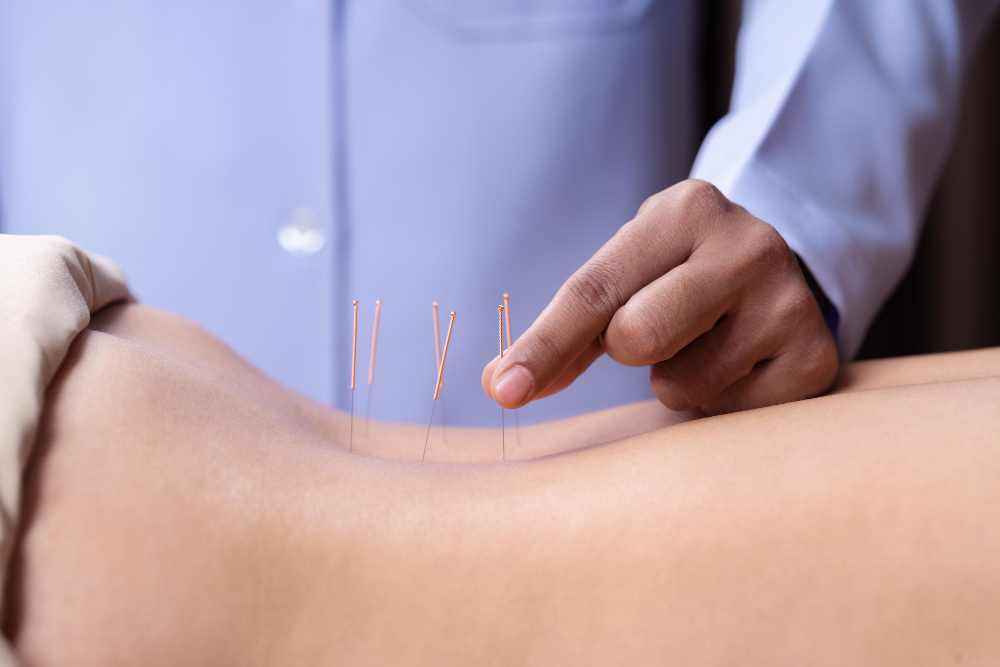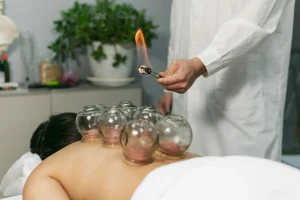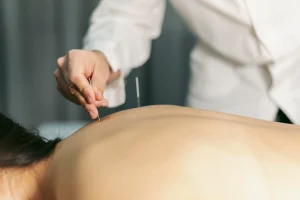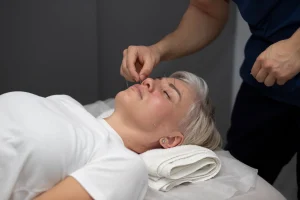 Real and Simulated Acupuncture Appear Effective for Back Pain
Real and Simulated Acupuncture Appear Effective for Back Pain
By: American Medical Association (AMA)
Newswise — Three types of acupuncture therapy including an individually tailored program, standard therapy, and a simulation involving toothpicks at key acupuncture points appear more effective than usual care for chronic low back pain, according to a report in the May 11 issue of Archives of Internal Medicine, one of the JAMA/archives journals.
Back pain costs Americans at least $37 billion annually, according to background information in the article. Many patients with this condition are unsatisfied with traditional medical care and seek help from complementary and alternative care providers, including acupuncturists. “Back pain is the leading reason for visits to licensed acupuncturists, and medical acupuncturists consider acupuncture an effective treatment for back pain,” the authors write.
Several recent studies have suggested that simulated acupuncture, or shallow needling on parts of the body not considered key acupuncture points, appear as effective as acupuncture involving penetrating the skin. To expand on these results, Daniel C. Cherkin, Ph.D., of Group Health Center for Health Studies, Seattle, and colleagues compared four different types of treatment in a randomized clinical trial involving 638 adults (average age 47) with chronic low back pain at Group Health in Seattle and Kaiser Permanente Northern California in Oakland.
During the seven-week treatment period, 157 participants received 10 acupuncture treatments in a manner individually prescribed by a diagnostic acupuncturist; 158 underwent a standardized course of acupuncture treatments considered effective by experts for low back pain; 162 received 10 sessions of simulated acupuncture, in which practitioners used a toothpick inside of an acupuncture needle guide tube to mimic the insertion, stimulation and removal of needles; and 161 received usual care. Participants reported changes in their symptoms and in the amount of dysfunction caused by their back pain by phone after eight, 26 and 52 weeks.
“Compared with usual care, individualized acupuncture, standardized acupuncture and simulated acupuncture had beneficial and persisting effects on chronic back pain,” the authors write. At the eight-week follow-up, 60 percent of the participants receiving any type of acupuncture (individualized, standardized, or simulated) experienced a clinically meaningful improvement in their level of functioning, compared with 39 percent of those receiving usual care. At the one-year follow-up, 59 percent to 65 percent of those in the acupuncture groups experienced an improvement in function compared with 50 percent of the usual care group.
Several possible explanations exist for the effectiveness of simulated acupuncture, the authors note. Superficial stimulation of acupuncture points may directly stimulate physiological processes that result in reduced pain and improved function. Alternatively, the improvement may be due to another aspect of the treatment experience, such as interaction with the therapist or a belief that acupuncture will be helpful. “These findings raise questions about acupuncture’s purported mechanisms of action,” they write. “It remains unclear whether acupuncture or our simulated method of acupuncture provide physiologically important stimulation or represent placebo or non-specific effects.”
“Our results have important implications for key stakeholders,” they conclude. “For clinicians and patients seeking a relatively safe and effective treatment for a condition for which conventional treatments are often ineffective, various methods of acupuncture point stimulation appear to be reasonable options, even though the mechanism of action remains unclear. Furthermore, the reduction in long-term exposure to the potential adverse effects of medications is an important benefit that may enhance the safety of conventional medical care.”







